Wander
Grasmere and Rydal Water
The tranquil water of Rydal is enclosed between the slopes of Loughrigg Fell and Fairfield Horseshoe. A walk suitable for all, as most of the route is on well-maintained paths. The distance is approximately 3.5 miles, however there are longer and shorter routes available. The route includes a few climbs and descents, but nothing too strenuous. This area inspired much of the poetry written by William Wordsworth. Hopefully you will be inspired too.
Suggested walking route around Grasmere and Rydal caves
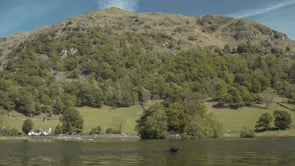
Ambleside
The picturesque small town of Ambleside is situated at the northern tip of Lake Windermere. Popular with visitors, the town is full of independent shops selling everything from walking and mountaineering equipment to arts and crafts and local food and drink produce. There are also many wonderful cafes and tea rooms serving delicious home-made lunches and cakes.
While in Ambleside you should also visit the iconic Bridge House, which dates back to the 17th century. The tiny house sits over Stock Beck and is located on Rydal Road. Just across the road you’ll also find the Armitt Museum. Here you can learn about the town’s history and local characters such as Beatrix Potter and John Ruskin.
Ambleside is also a haven for walkers. Just outside the village is the impressive 70ft high Stockghyll Force Waterfall. This is a relatively short walk through woodland. If you want to wander for longer, then you can continue your walk onto Wansfell Pike and enjoy the breathtaking views of the Coniston Fells, Fairfield Horseshoe and Red Screes.
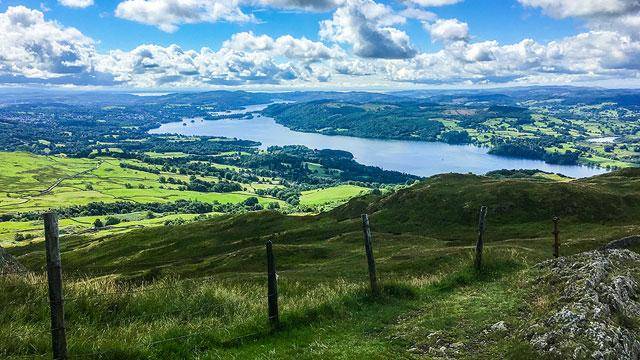
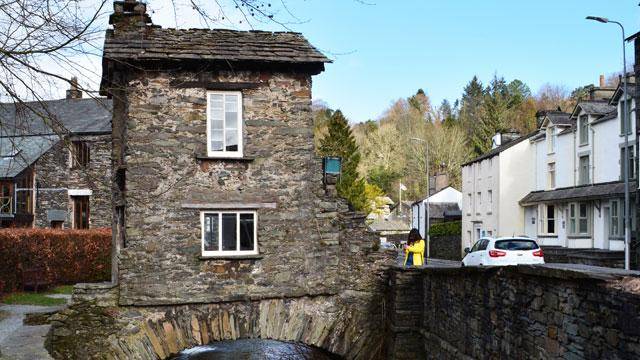
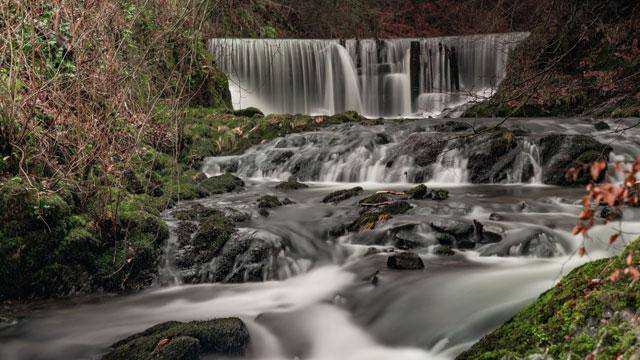
Tarn Hows
This walk is a Lake District classic and is much loved by visitors and locals alike. Situated between Coniston and Hawkshead, the attraction of Tarns Hows is its sheer beauty and ease of access.
Tarns Hows is a man-made; it began as three tarns - Low Tarn, Middle Tarn and High Tarn before being joined together in the 19th century. It was very much appreciated by Beatrix Potter, who purchased the land and then in time passed it onto the National Trust, for safe keeping.
The walk is just under 2 miles and is on well-maintained paths, so is ideal for families, wheelchair users and anyone seeking gentle exercise with the promise of spectacular views.
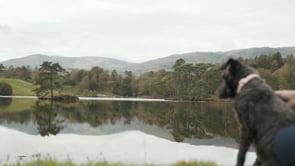
Bowness on Windermere
The town of Bowness on Windermere is the Lake District’s most popular tourist destination. Situated halfway along the 10.5 mile length of Lake Windermere, the town is busy all year round.
Originally a fishing village, Bowness dates back to the 15th century, where the parish church St Martins was built. The arrival of the railway station in the neighbouring village of Windermere in 1847, brought many Victorian visitors and the expansion of Windermere and Bowness began. Right next to Windermere Station, you will now find the flagship kitchenware store-Lakeland, so for all foodies and cooking enthusiasts, a trip to the store is a must.
Bowness was also the centre of the boat building industry and provided the steam launches, rowing boats and yachts used on the lake today. Boating is still one of the main draws to the area and from the shores of Bowness bay you can take a cruise, hire a boat or catch the ferry over to Far Sawrey, where you can head over to the charming village of Hawshead, stopping off at Hill Top, Beatrix Potters’ former home.
If you are looking for a spot of retail therapy, here you will find high street names, intermingled with independent gift shops, boutiques, art galleries and local artisan food producers.
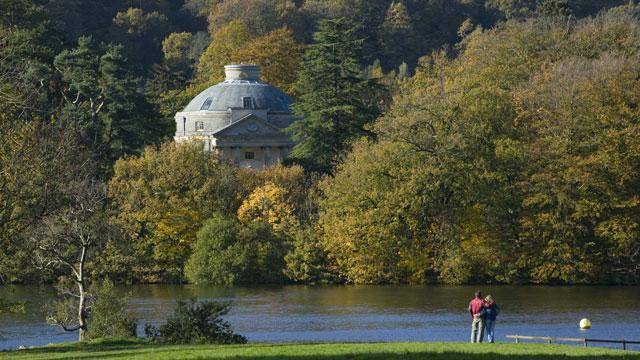
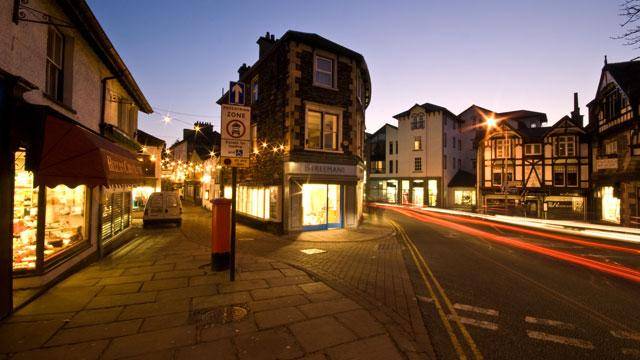

Photos courtesy of Cumbria Tourism




